I was thrilled to arrive back in Rangoon, as I had enjoyed it so much when I was here with Jim last year. I stayed at the same Japanese-run guesthouse, ate at the Nepali restaurant, and patronized Nilar’s yoghurt (by-day) and whisky (by night) shop, (I only go during the day!). Downtown Rangoon is a chaotic mess of overcrowded belching buses, broken sidewalks, dilapidated colonial architecture and foul and delicious odors. Street vendors almost block the sidewalk hawking everything from ancient British-era textbooks to as-yet unreleased Hollywood DVDs. However, the item that fascinates me the most is the small mechanical people counter, you know the one with the button and the revolving numbers? Almost every hawker has one or two and some have several models to choose from. Who is buying these things? How many jobs involve counting to the degree that you need a counter that goes up to 999? How many entry level job starters are there in Rangoon that need to buy a new set of clothes, a little set of stacking stainless steel tins for their lunch and a brand new people counter? I sometimes feel I may go to my grave without cracking this particular enigma.
In 1989 the government changed the name of the country from Burma to Myanmar and also the spellings of most of the major towns. Rangoon became Yangon, Bassein became Pathein, Moulmein became Mawlamyine etc. Most people inside the country use the new versions. While many opposing people outside the country use the old ones. In my blog I use both, according to familiarity, poetic resonance and whim. Actually, most names are really the same word, in the Burmese form and the romanized form. Bamar/Myanmar was changed to Burma by the Brits, it is the also the name for the Burman people and their language, but don’t get me started on these intricacies!
Burma is opening up its economy quickly to outside investment. Real estate development is booming. Previously, one had to have crisp, unfolded $100 bills and change them under the table at Scott Market. Now government banks exchange currency and today, I saw several ATMs being installed outside new banks from which they were just removing the plastic wrapping. Chinese money is pouring in, confidence is high that investments will be more secure than before, (not hard!). I just wonder what will happen to the people-counter vendors and the Indian street urchins amid all this? More (urban) jungle than laser for them, I fear. Rap music is huge, dyed hair is everywhere, and Burmese males follow the English Premier Football League as if their lives depended on the results. Thirty years ago, Burma was an isolated backwater, now it’s at the crossroads of Asia, poised between the two new giants, China and India. It is developing quickly, but the transnational corporations are circling, looking to exploit its abundant natural resources.
My first scheduled training was in Pyin Oo Lwin, formerly called Maymyo, which was a garrison town and hill station during the colonial period. It’s still a garrison town and the weather is still pleasantly cool at around 3,300ft in altitude. There are quite a few vestiges of its previous occupants, like large brick Tudor-style villas, horse drawn buggies and a significant Nepalese population. It is the main supplier of cool weather vegetables and strawberries for the entire nation.

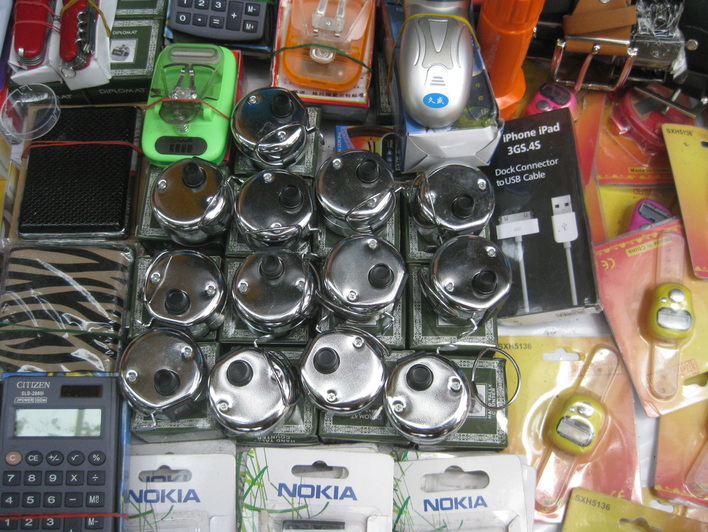
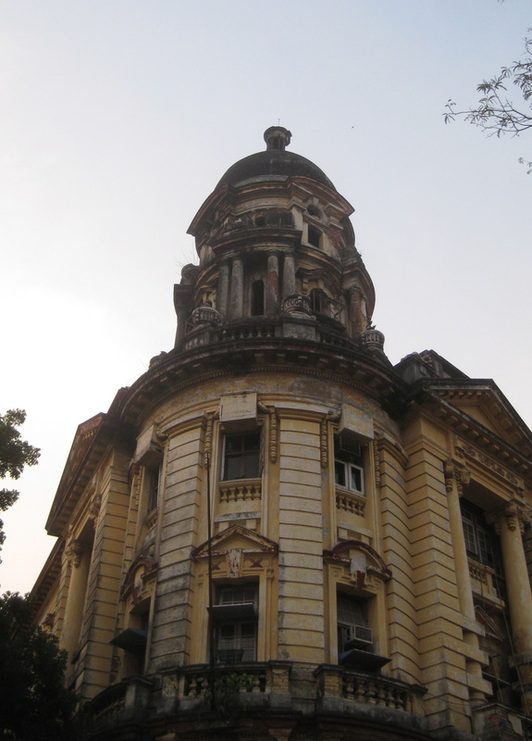
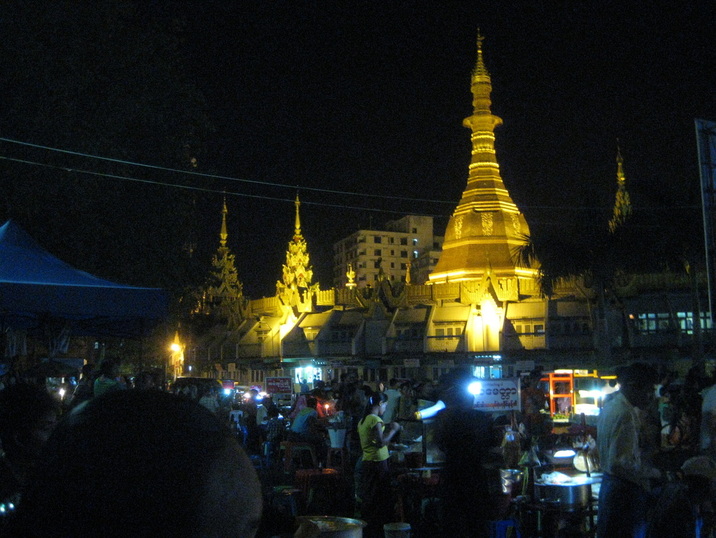
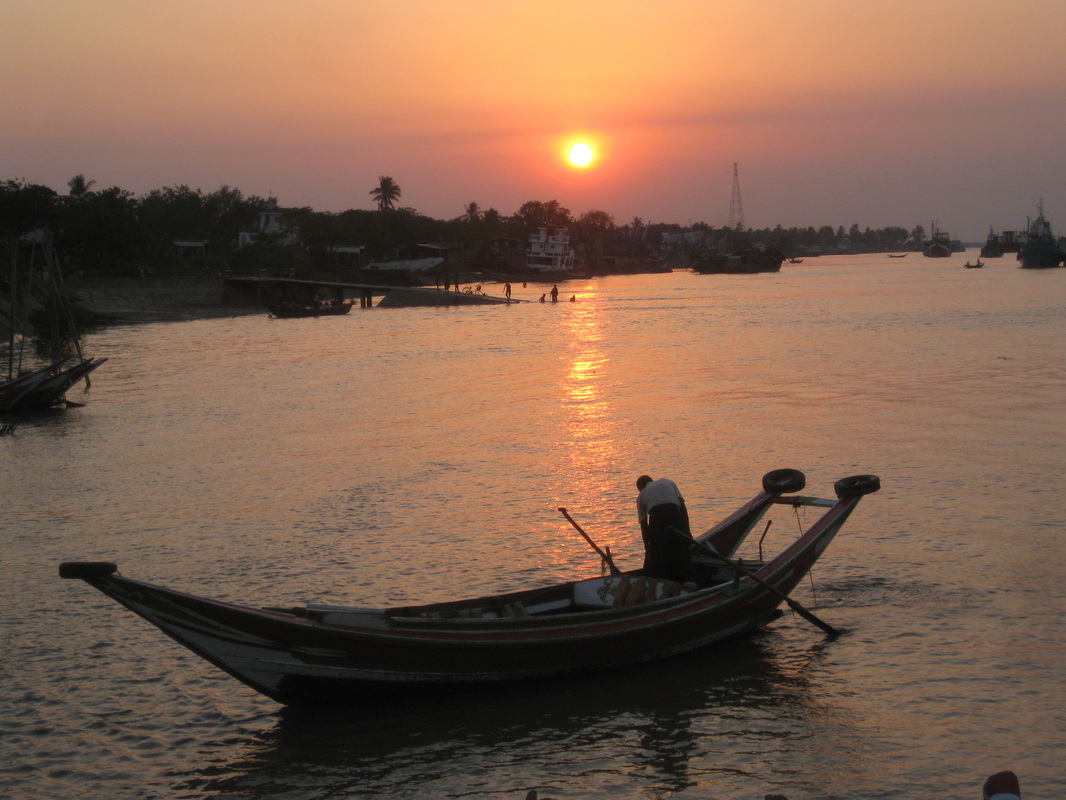
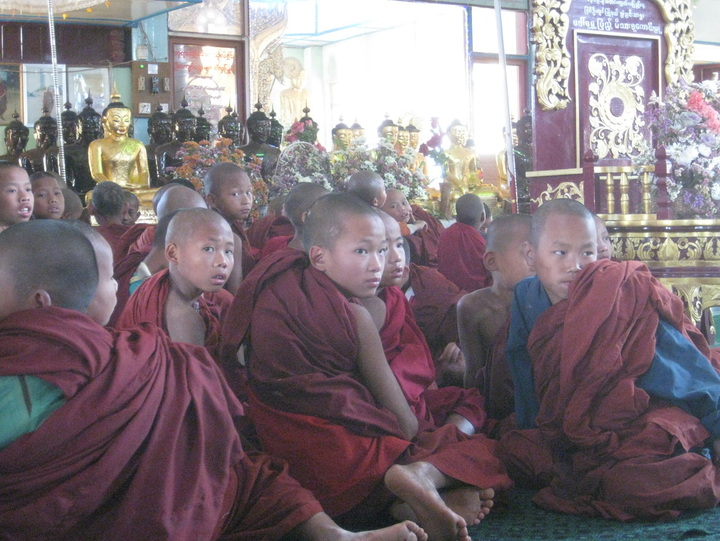
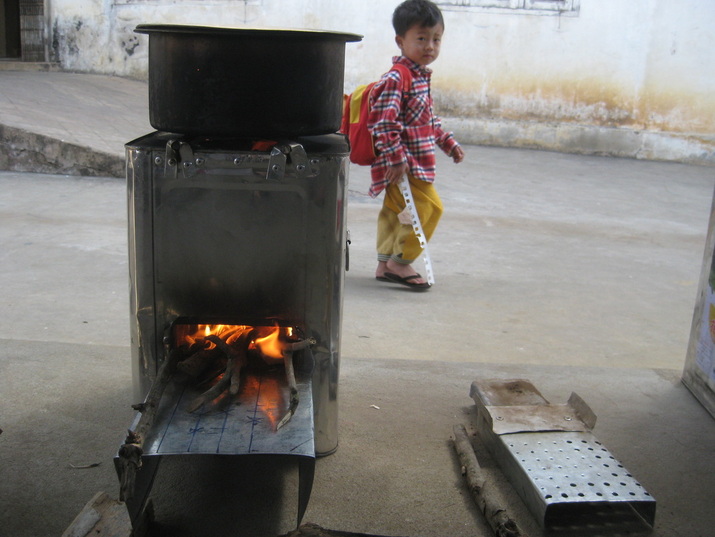
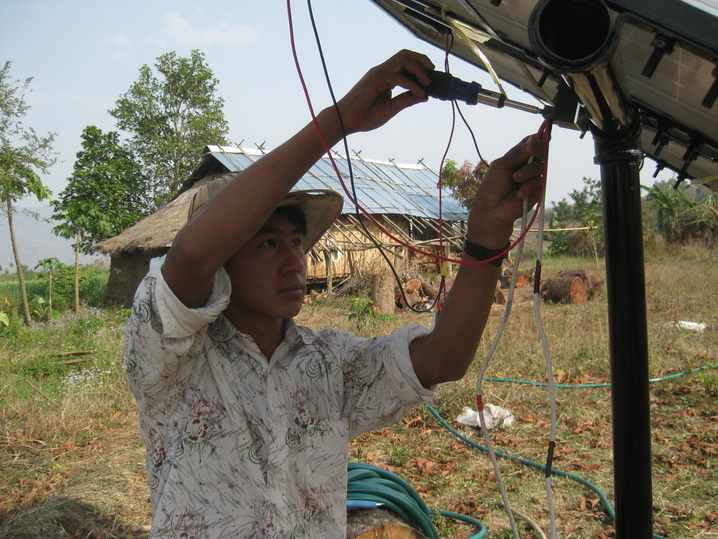
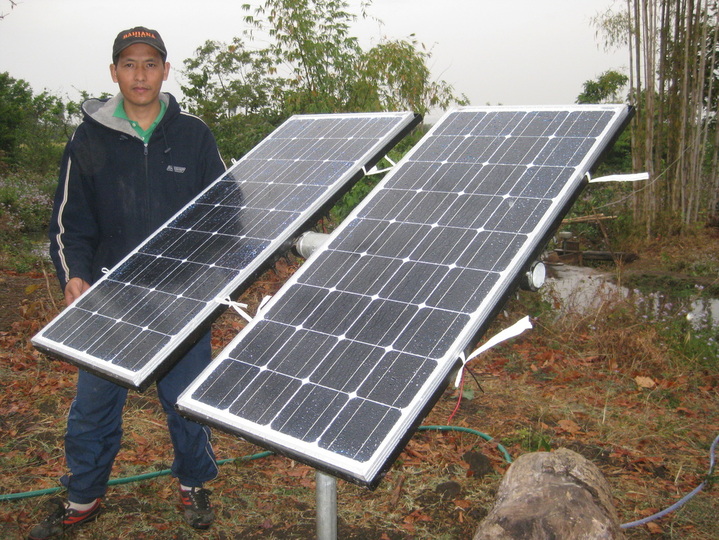
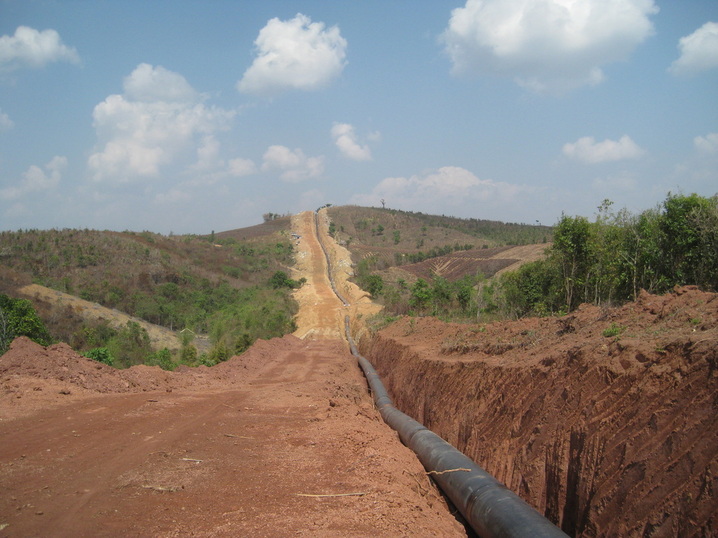
 RSS Feed
RSS Feed